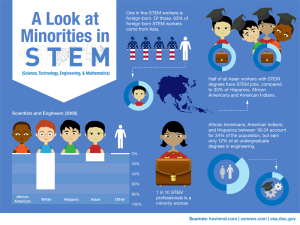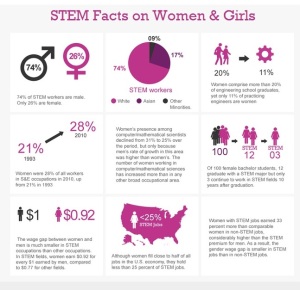“Building capacity on experiential learning”
#slowchated week of March 30th
Moderated by Allison Fuisz (@allison_fuisz) and Mari Venturino (@msventurino)
Last week, March 23-28, the #slowchated conversation delved into the world of deep learning. The goal was to bring some light to what deep learning is and how it is an essential part of student success and learning. In summary, those who participated in the chat saw deep learning as a means for students to fully immerse in their learning and apply it to their life. In the words of students, “deep learning is something that sticks with you, like root”.
So how do we get things to stick and become roots in students’ understanding of the world around them? Experiential learning may be the answer.
Today I attended a PD session with Jennifer Stanchfield. Her common sense and imaginative approach to teaching revolves around experiential learning and the simple day-to-day activities that teachers can present to students in helping to form their understanding of content and collaborative opportunities. Comments in the room from teachers were varied when it came to this line of thought. They ranged from “this is hard” to “wow, I never thought of approaching a class like that!” These varied responses shows the different levels of understanding as to what experiential learning means and how it can be a positive in the lives of students.
According to the UC Denver Experiential Learning Center,
“Learning that is considered “experiential” contain all the following elements:
1. Reflection, critical analysis and synthesis
2. Opportunities for students to take initiative, make decisions, and be accountable for the results
3. Opportunities for students to engage intellectually, creatively, emotionally, socially, or physically
4. A designed learning experience that includes the possibility to learn from natural consequences, mistakes, and successes”
To some, experiential learning is second nature; to others, it is a chore that involves more work than what they deem necessary despite the benefits it carries for students.
So how do we build capacity around experiential learning? It seems like a no-brainer yet not everyone is on board. Perhaps this twitter chat will be a starting point for some or spark some interest in others to spread the ideas of experiential learning forward.
Resources
TED talk on experiential learning: https://youtu.be/5rQBH1TH9pAExperiential Tools
Questions:
Q1: What is experiential learning? #slowchated
Q2: What personal experience do you have with experiential learning? #slowchated
Q3: Name a resource that is a must for Ts RE: experiential learning? #slowchated
Q4: How does experiential learning promote critical thinking and deep learning? #slowchated
Q5: Based on this week’s chat, how are you going to implement experiential learning into your classroom? #slowchated

